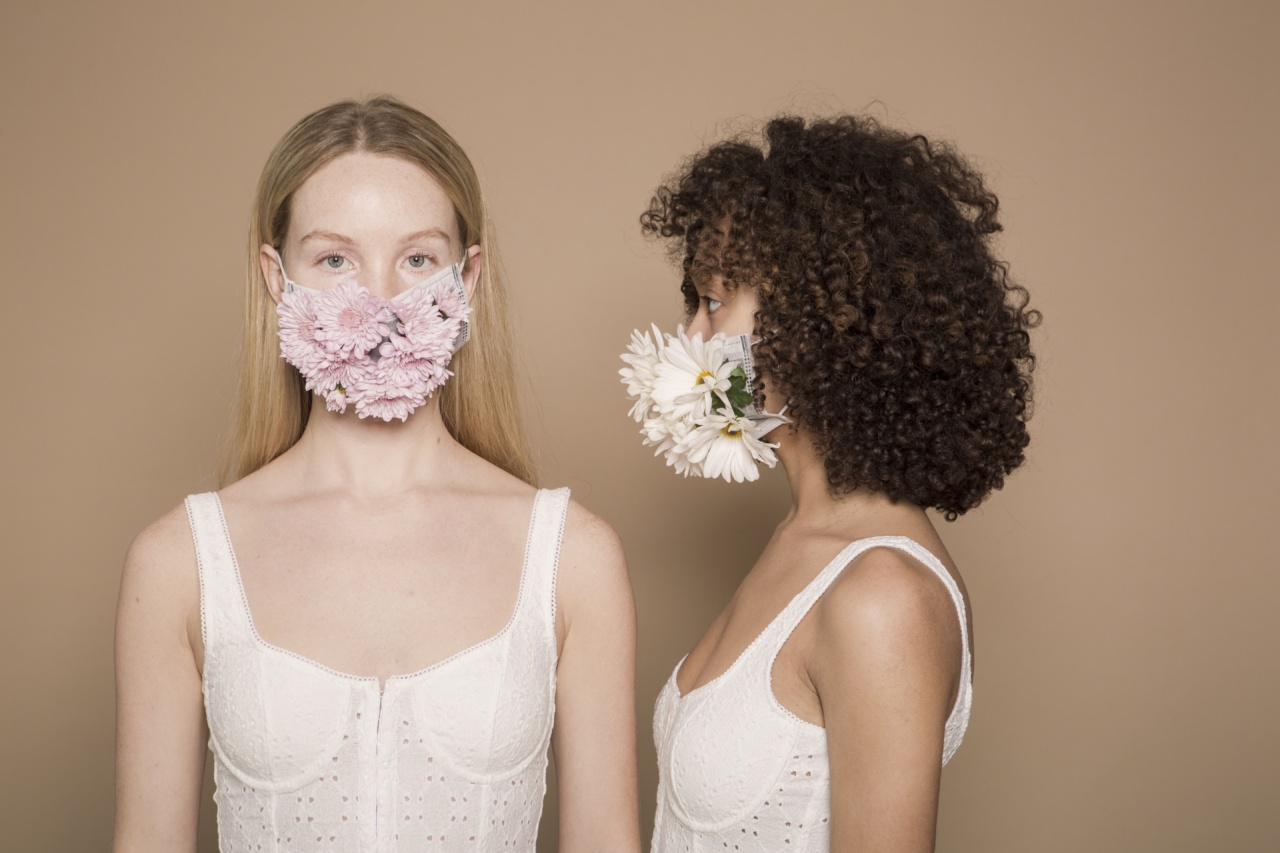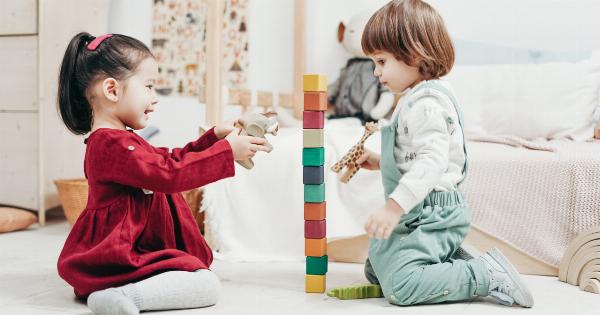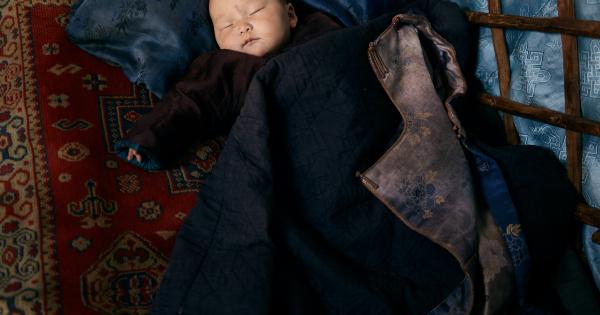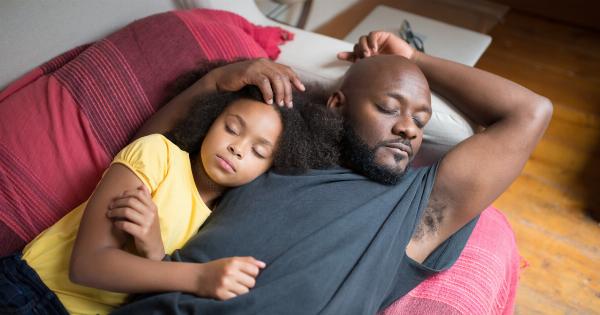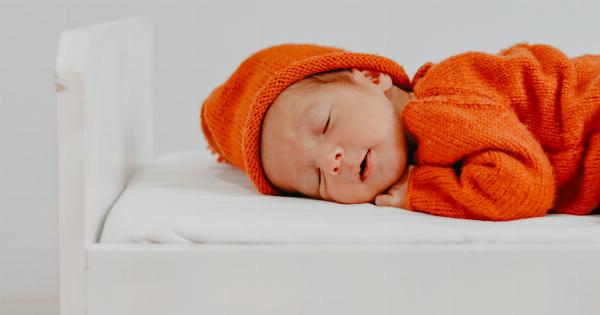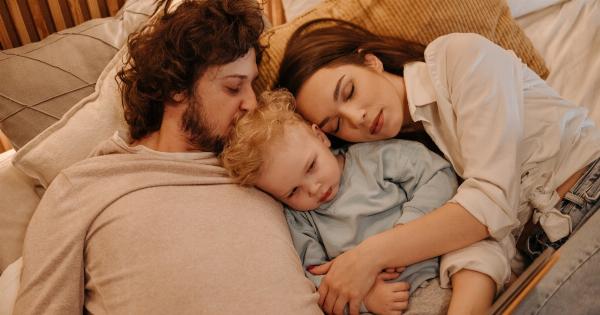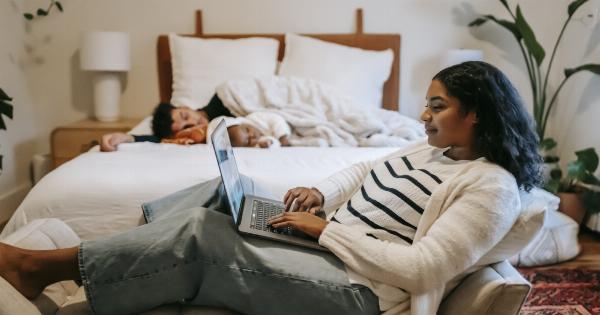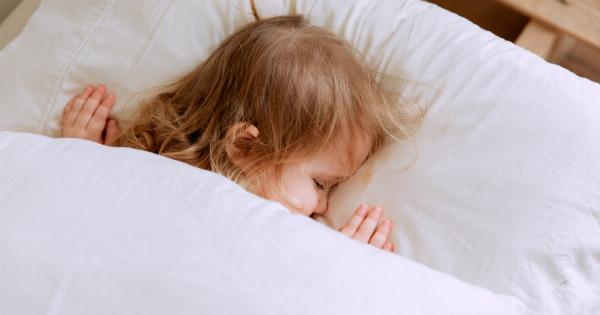As a parent, ensuring the safety and well-being of your baby is your top priority. One crucial aspect of your child’s life that requires careful attention is their sleep habits.
Creating a safe sleep environment for your little one is essential to protect their life and promote healthy development. In this article, we will explore a range of safe sleep habits that every parent should know and follow.
H2: The Importance of Safe Sleep for Infants
Safe sleep practices are essential to prevent sleep-related incidents such as sudden infant death syndrome (SIDS) and suffocation.
Research has shown that following safe sleep guidelines can significantly reduce the risk of these tragic incidents occurring. By adopting these habits, you can help ensure that your baby sleeps soundly and safely through the night.
H2: The ABCs of Safe Sleep
Safe sleep guidelines are commonly referred to as the ABCs of safe sleep: Alone, on their Back, in a Crib.
H2: Alone
It is crucial to ensure that your baby sleeps alone in their crib or bassinet. Sharing a bed with your baby increases the risk of accidental suffocation or entrapment.
While it may be tempting to have your baby close to you, it is safest for them to sleep in their dedicated sleep space.
H2: On their Back
Always place your baby to sleep on their back. This position reduces the risk of SIDS. It is important to note that once your baby learns to roll from back to tummy independently, there is no need to continually turn them onto their back during sleep.
However, always remember to initially place them on their back when you put them down to sleep.
H2: In a Crib
Ensure that your baby’s sleep space is a crib or bassinet that meets safety standards. The crib should have a firm mattress with a fitted sheet and no additional bedding, toys, or pillows.
Keep the crib free of any hazards to minimize the risk of suffocation or entrapment.
H2: Creating a Safe Sleep Environment
In addition to the ABCs of safe sleep, there are several other measures you can take to create a safe sleep environment for your baby:.
H2: Room Sharing
Room sharing is recommended for the first six to twelve months of your baby’s life. Having your baby sleep in a crib or bassinet in your bedroom, close to your bed, can reduce the risk of SIDS. However, it is crucial to avoid bed sharing.
H2: Temperature Control
Maintain a comfortable room temperature for your baby’s sleep environment. It is important to keep the room cool but not too cold. Overheating can increase the risk of SIDS.
Dress your baby in appropriate clothing and use blankets if needed, but ensure they are thin and lightweight.
H2: Eliminate Hazards
Ensure that the crib or bassinet is free of hazardous objects such as soft bedding, pillows, stuffed animals, or loose blankets. These items can pose suffocation risks.
Additionally, ensure that cords from blinds or curtains are out of reach and cannot become a strangulation hazard.
H2: Proper Swaddling Technique
If you choose to swaddle your baby, ensure you do it correctly. Improper swaddling can increase the risk of hip dysplasia or suffocation. The swaddle should be snug but not too tight, allowing for proper movement of the hips and breathing.
H2: Breastfeeding
Studies have shown that breastfeeding can help reduce the risk of SIDS. Breastfeeding provides numerous benefits for both the baby and the mother.
If possible, try to exclusively breastfeed for the first six months and continue breastfeeding alongside complementary foods for at least one year.
H2: Avoid Smoke Exposure
Keep your baby’s sleep environment smoke-free. Exposure to secondhand smoke increases the risk of SIDS. If you or any visitors smoke, it is crucial to do so outside and away from your baby.
Avoid bringing your baby into environments where smoking is allowed.
H2: Safe Sleep Practices for Naps
Safe sleep practices should not be limited to nighttime sleep. When it comes to naps, ensure that your baby follows the same safe sleep guidelines. Consistency is key in establishing healthy sleep habits and minimizing potential risks.
H2: Safety Away from Home
When traveling or staying away from home, it is important to create a safe sleep environment for your baby. Portable cribs or play yards that meet safety standards can be used for sleeping.
Ensure that the sleep space is free of hazards, just like your baby’s usual crib or bassinet at home.
H2: Conclusion
Protecting your baby’s life starts with establishing safe sleep habits.
By following the ABCs of safe sleep, creating a safe sleep environment, practicing room-sharing without bed-sharing, and taking other precautionary measures, you can minimize the risk of sleep-related incidents. Remember, always seek professional advice and keep yourself informed of the latest safe sleep recommendations to ensure the safety and well-being of your baby.
